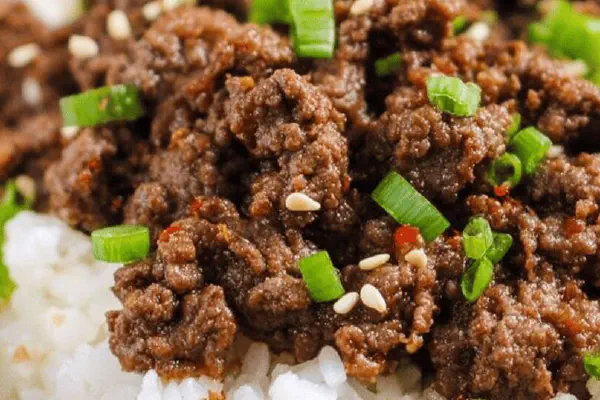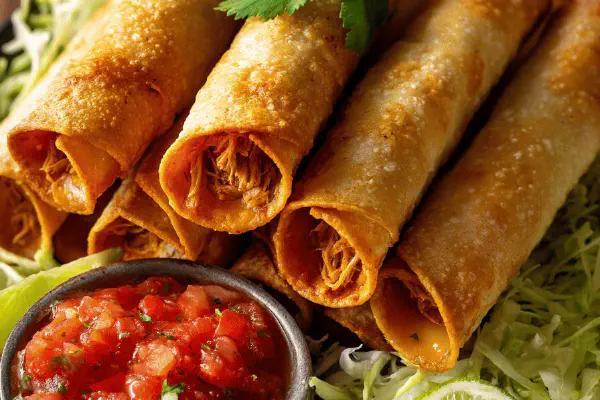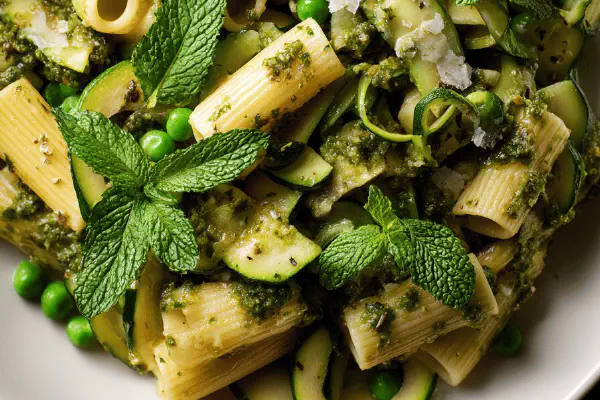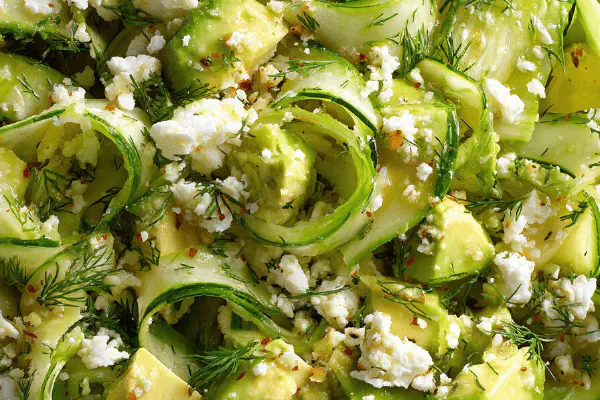Tangy Fish Tacos Twist
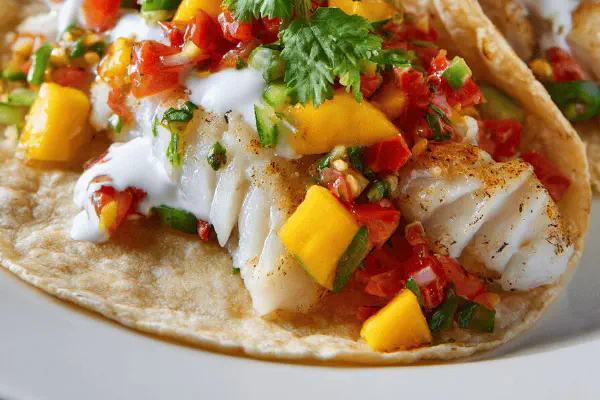
By Emma
Certified Culinary Professional
Ingredients
- 1 medium onion thinly sliced
- 1 small fresh serrano pepper deseeded and minced
- 45 ml olive oil
- 50 ml fresh lemon juice about 2 lemons
- 700 g skinless cod or haddock fillets
- 2 Roma tomatoes seeded and diced
- 1/2 ripe pineapple peeled and diced optional
- 1/4 cup chopped fresh cilantro
- Salt and pepper to taste
- 8 small corn or flour tortillas
- Greek yogurt for topping
About the ingredients
Method
- Heat oil in pan medium heat. Toss in onion and serrano. Sizzle till softened, around 5-7 minutes. You want translucent edges but not burnt. The aroma tells you when sugar in onion caramelizes slightly, mellowing spice.
- Splash in lemon juice — it hisses, deglazing flavor stuck to pan bottom. Let it bubble and reduce a little, about 1-2 minutes. The sharp scent of citrus brightens everything.
- Add fish fillets whole. Cook undisturbed about 3-4 minutes on one side; look for edges to turn opaque and flake easily with a fork. Flip carefully, cook another 3 minutes. Stop as soon as fish is firm yet tender, moist inside, not spongy.
- Season with salt and cracked pepper. Gently shred fish in pan with fork, breaking into chunky flakes but leaving some texture.
- Add diced tomatoes, pineapple if using, and cilantro. Fold gently to mix. Taste and adjust seasoning — pineapple adds sweetness, balance with extra lemon juice or salt as needed.
- Warm tortillas in dry skillet or wrap in foil and heat in oven 5 minutes. They should be pliable, not brittle, no cracks.
- Serve fish mixture spooned into tortillas. Top with dollops of thick Greek yogurt instead of sour cream for tang and creaminess without dairy. A squeeze of extra citrus if you like.
- If no serrano, use jalapeño or omit pepper for less heat. Swap pineapple for mango or peach for different fruity notes. Olive oil can be avocado oil if preferred — both hold heat well.
- Don’t crowd the pan when cooking fish to allow even cooking and nice crisp edges on contact with pan.
- When shredding fish, do it gently to avoid mush. Leave large flakes for texture instead of complete uniformity.
Cooking tips
Chef's notes
- 💡 Onions cook low and slow but keep an eye, edges glossy, aroma sweet with faint burnt sugar hints. When they shift from crunchy to limp, that’s prime. Adding lemon juice right now lifts fond in pan; listen for gentle sizzle, smell sharp citrus. Skip this and fish might lack punch. No serrano? Jalapeño okay but less heat or none if you want mild. Fish fillets need space in pan; crowding traps steam, ruins crisp edges, cooks uneven. Separate fillets important, take your time flipping, fragile fish won’t take rushing.
- 💡 Shred fish gently in pan with fork—chunky flakes not mushy paste. Leaves texture, makes filling interesting on tortillas. Season well but taste between steps. Pineapple or mango swap great but adjust salt and acid to balance sweetness. If lime juice too sharp, add little salt slowly. Salt your friend here—but not too soon or raw fish might dry. Tortillas warm dry or wrapped foil five minutes in oven. You want pliable, no cracks, easy fold without breaking. Greek yogurt over sour cream for creaminess, less fat, tang that doesn’t drown fresh flavors.
- 💡 Fish looks done when edges opaque, flakes easily, feels springy not rubbery. Overcooked means dry, underdone tastes raw. Focus on visual and tactile signs over timing. Use thin flexible spatula for flipping—avoid breaking flesh early. If sticking happens, lower heat or add bit more oil next time. Fresh cilantro added last to preserve brightness; add too early and it wilts, turns dull. Use fresh skinless fillets for quicker cooking and smooth shredding. If unavailable, frozen good but thaw fully with paper towels to pat dry.
- 💡 If no serrano, jalapeño is backup, reduces heat but adds fresh pepper flavor. Omit pepper for no heat option, avoid bitterness. Olive oil preferred for flavor and heat tolerance; avocado or grapeseed work well but differ slightly in aroma. When adding fruit, mix gently; bruised fruit makes filling watery or mushy. Layer flavors carefully, lemon juice brightens but dripping too much overly sour. Tortillas can be corn or flour, soft warmed preferred over crisp, depends on texture wanted. Cooking fish whole in pan develops better crust and keeps juices inside.
- 💡 Do not overcrowd pan means space for air around fillets so heat crisp edges, prevent steaming. Let fish sit on one side without moving; peel edges appear, easy to flake. Flip once. Overdoing heat or stirring early breaks texture and toughness sets. Shredding fish in pan mixes juices with seasoning, binding filling without needing sauce. Dollop yogurt last after filling. Leftovers reheat gently, avoid microwave for dryness—use low oven or stovetop with cover. If panstick happens, check pan temp next time and oil quantity.
Common questions
What if no serrano pepper?
Use jalapeño if you want milder heat or omit completely. Can add chopped bell pepper for crunch instead. Heat varies; taste and adjust early. Dry chili flakes as alternate but different flavor profile.
How to tell when fish is done?
Watch edges, they turn opaque and start flaking. Press gently with fork, should spring back but flake easily. No translucent raw spots inside. Timing varies by thickness; rely on visual and texture clues over clock.
Can I use frozen fish?
Thaw fully then pat dry. Frozen fish releases water, so dry surface helps sear better. Cook slightly less or start checking earlier; water slows cooking. Skinless preferred for shredding ease.
How to store leftovers?
Cool fast. Store in airtight container, fridge up to two days. Reheat low and slow on stove or oven to keep texture. Avoid microwave which dries fish. Separate tortillas if possible, warm fresh before serving.
